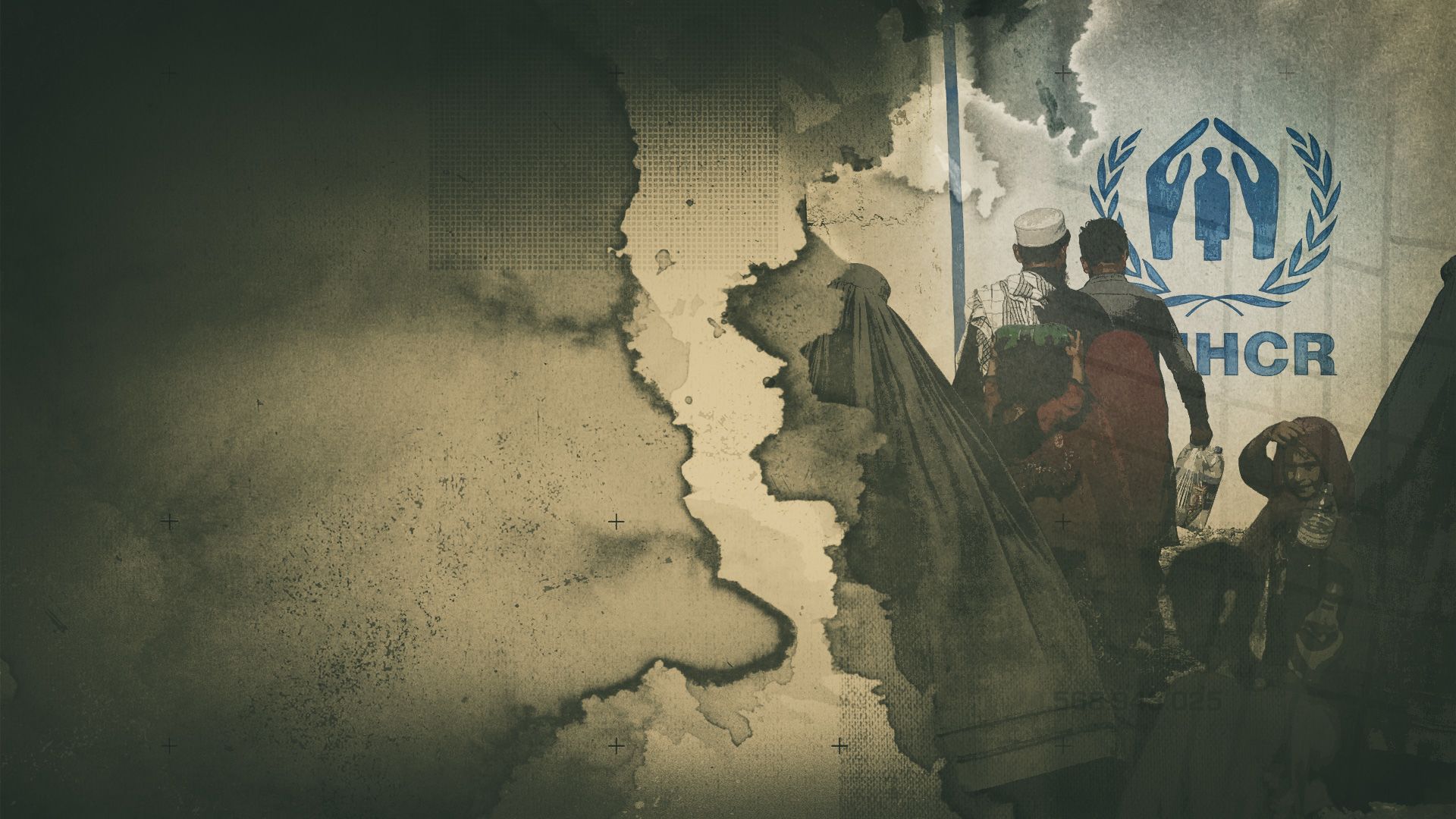Killing, Torture, Kidnapping:
The Harsh Journey and Bitter Fate of Afghans at the Iran–Türkiye Border
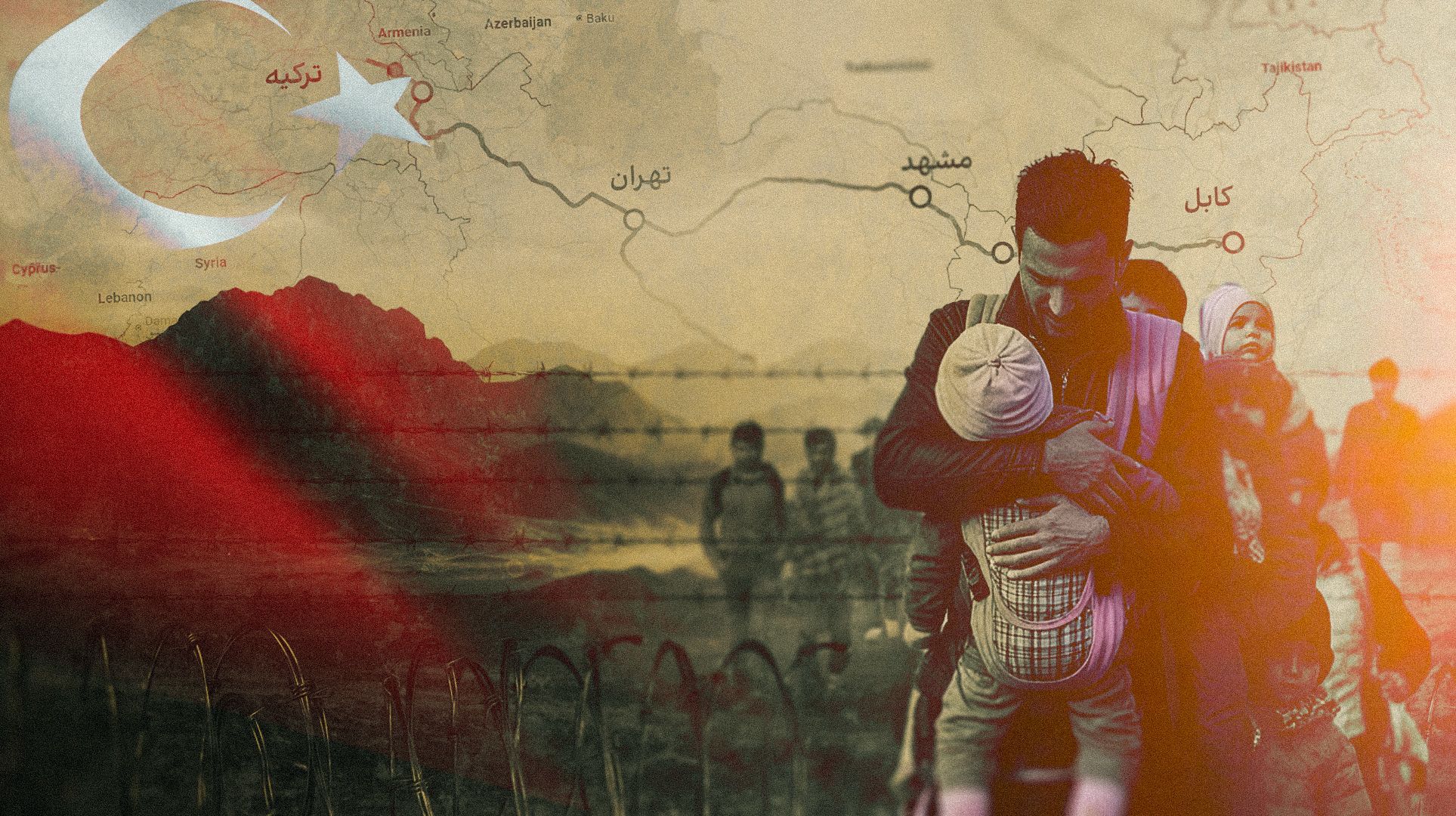
Killing, Torture, Kidnapping:
The Harsh Journey and Bitter Fate of Afghans at the Iran–Türkiye Border

An Instagram page operated by human traffickers circulates videos designed to entice young Afghans, disillusioned by Taliban restrictions, widespread poverty, and mass unemployment, into embarking on perilous journeys they scarcely comprehend.
In one such video, a group of young migrants sits around a table filled with colourful dishes, soft drinks, and fresh fruit. The person filming addresses them: “Dear brothers, we’ve given you plenty of food and extra bread for the journey. Did you receive the fruits, vegetables, soda—everything?” The migrants respond in unison: “Yes.” The cameraman continues: “Are you satisfied?” Again, the group replies: “Yes.” The clip concludes with the phrase: “Please eat. Enjoy your meal.”
This Instagram account, followed by more than 31,000 users, regularly posts deceptive content aimed at luring young Afghans into illegal migration. One video has been viewed over 2.2 million times.
Traffickers exploit social media platforms including TikTok, Instagram, Facebook, and WhatsApp to promote their illicit services and mislead desperate individuals fleeing human rights violations, economic collapse, and instability in Afghanistan.
Afghanistan International has reviewed numerous Instagram and TikTok accounts, as well as WhatsApp groups used by traffickers to attract clients. These platforms share staged videos that purport to show the “successful” smuggling of Afghan migrants to Türkiye, convincing others to follow the same treacherous route.
But the reality is far grimmer.
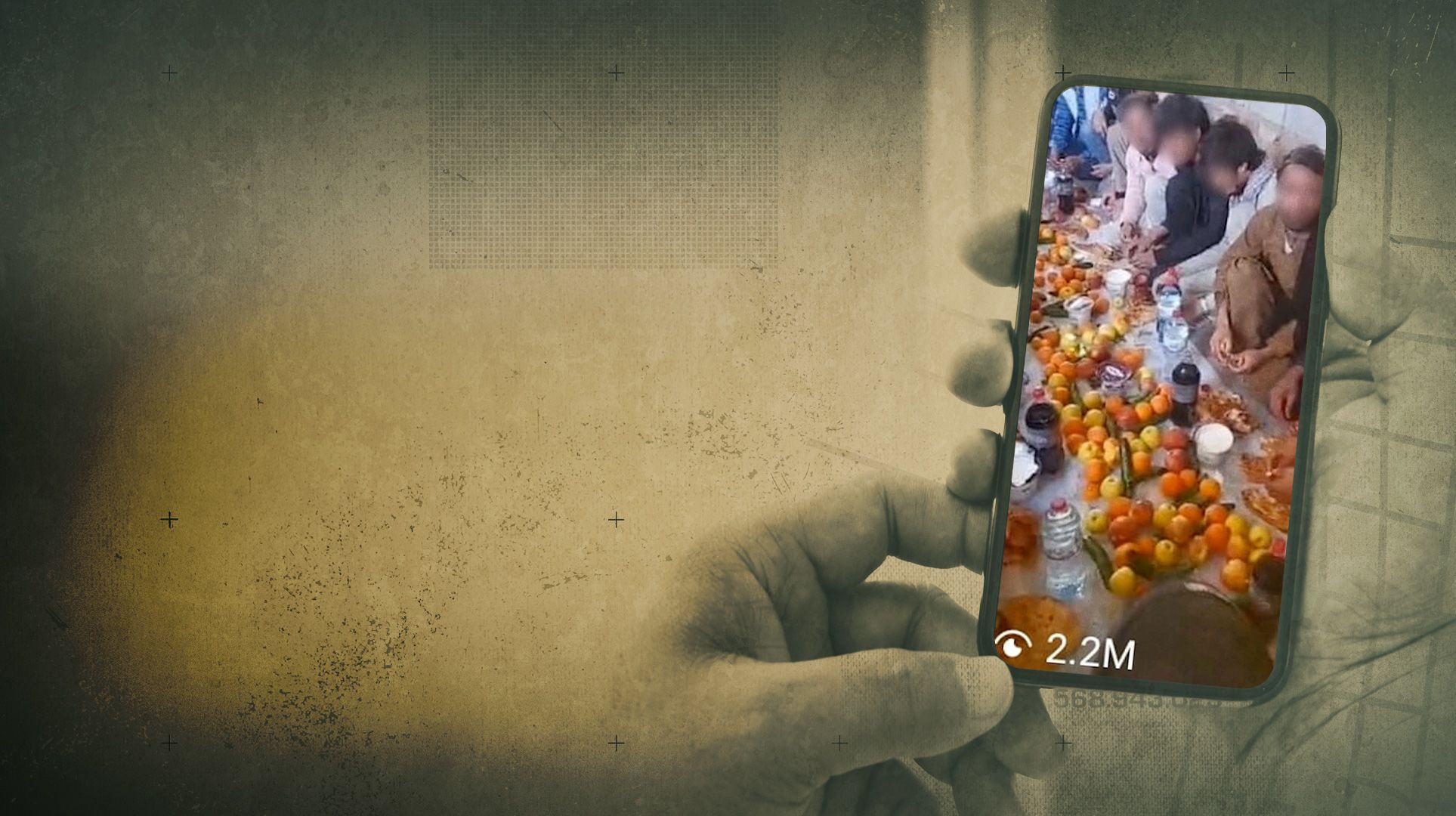
Brutality at the Border: Evidence of Abuse and Extortion
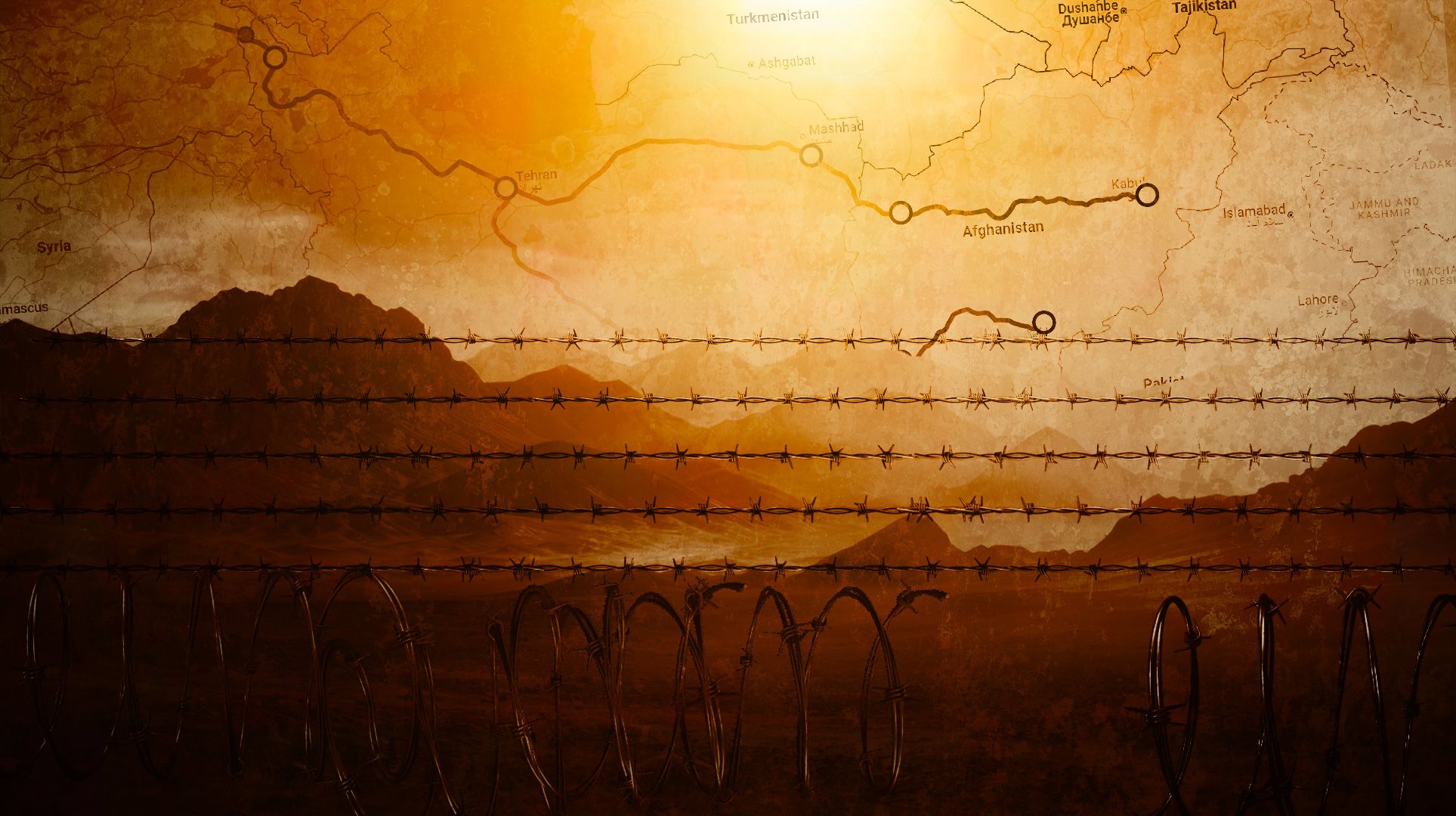

Findings by Afghanistan International indicate that many Afghan migrants who fled to Türkiye after the Taliban’s return to power in August 2021 have endured extreme violence at the hands of Turkish border guards and faced extortion by kidnappers.
A cache of evidence reviewed by Afghanistan International including photographs, videos, medical records, official correspondence from the Taliban’s Ministry of Foreign Affairs, audio recordings, and interviews with at least 40 migrants and four Afghan diplomats confirms that Afghan refugees face grave human rights violations en route to Türkiye. The documentation implicates Turkish authorities in systematic abuses.
In addition to brutality inflicted by Turkish border and security forces, migrants report suffering violence and extortion by kidnappers and Iranian border police. In some cases, these acts have led to deaths or the disappearance of entire groups.
There are no definitive statistics on the number of migrants who have suffered fatal violence at the Iran–Türkiye border. However, numerous individuals have been summarily pushed back without the opportunity to claim asylum.
It also remains unclear how many Afghan migrants have been turned back from Türkiye’s land borders since August 2021, though estimates suggest the number could be in the hundreds of thousands.
In November 2022, just ten months after the Taliban’s takeover of Afghanistan, Human Rights Watch reported that Türkiye had forcibly pushed tens of thousands of Afghan migrants back across its border with Iran.
At the time, Türkiye’s Directorate General of Migration Management announced that as of 20 October 2022, it had prevented more than 238,000 undocumented migrants, most of them Afghans, from entering the country.
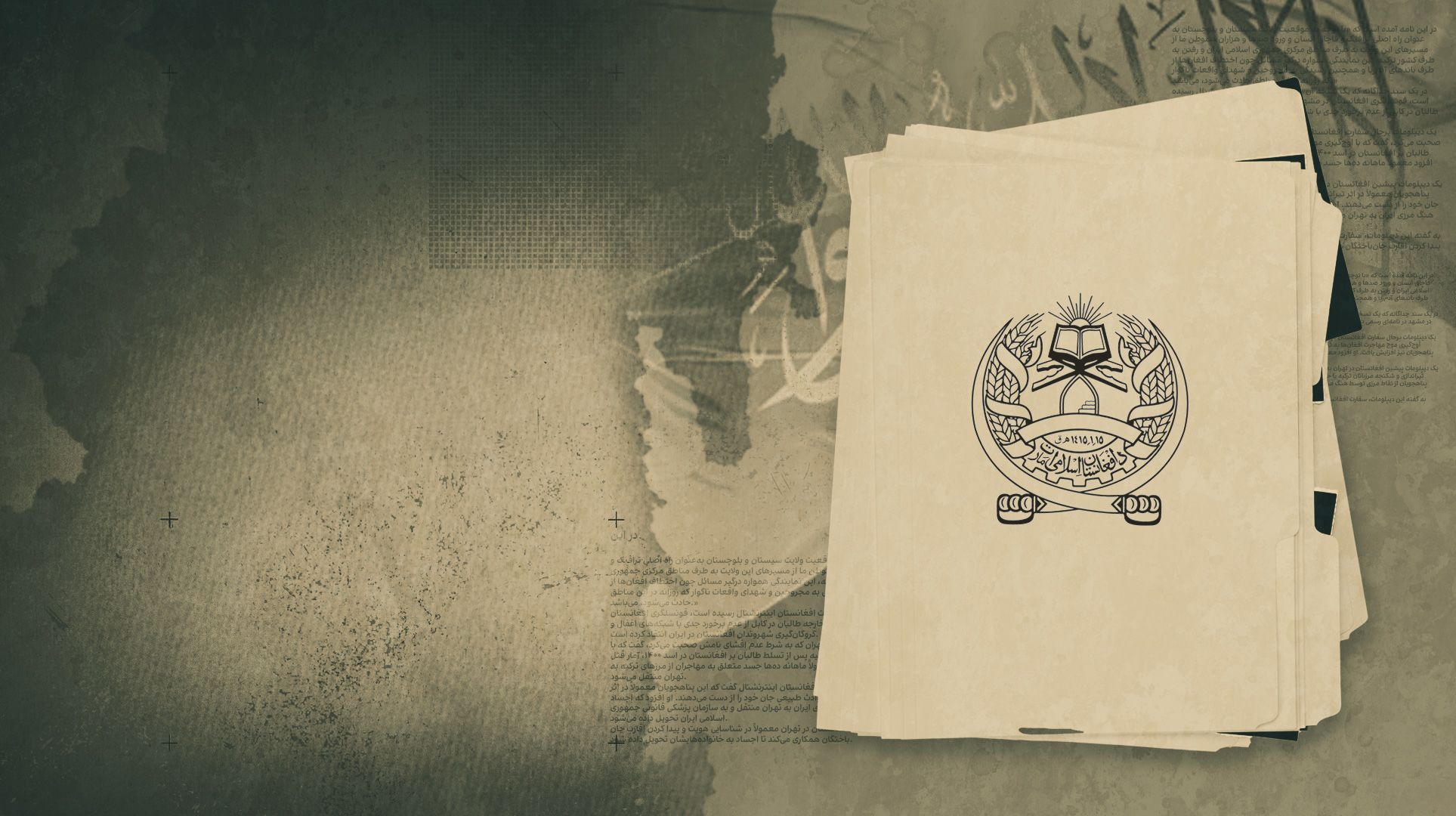

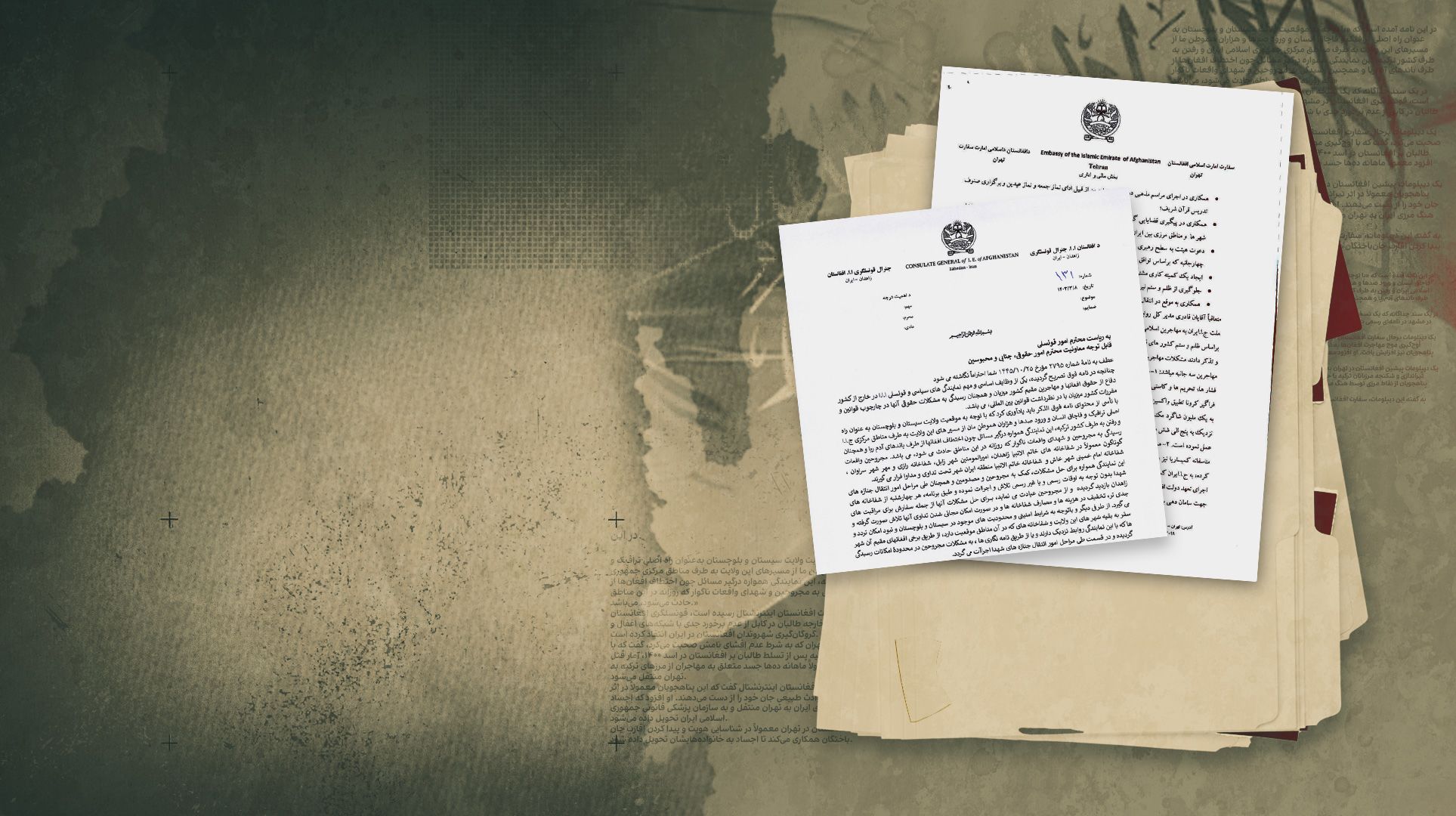
Taliban Foreign Ministry Documents Confirm Torture, Hostage-Taking & Deaths
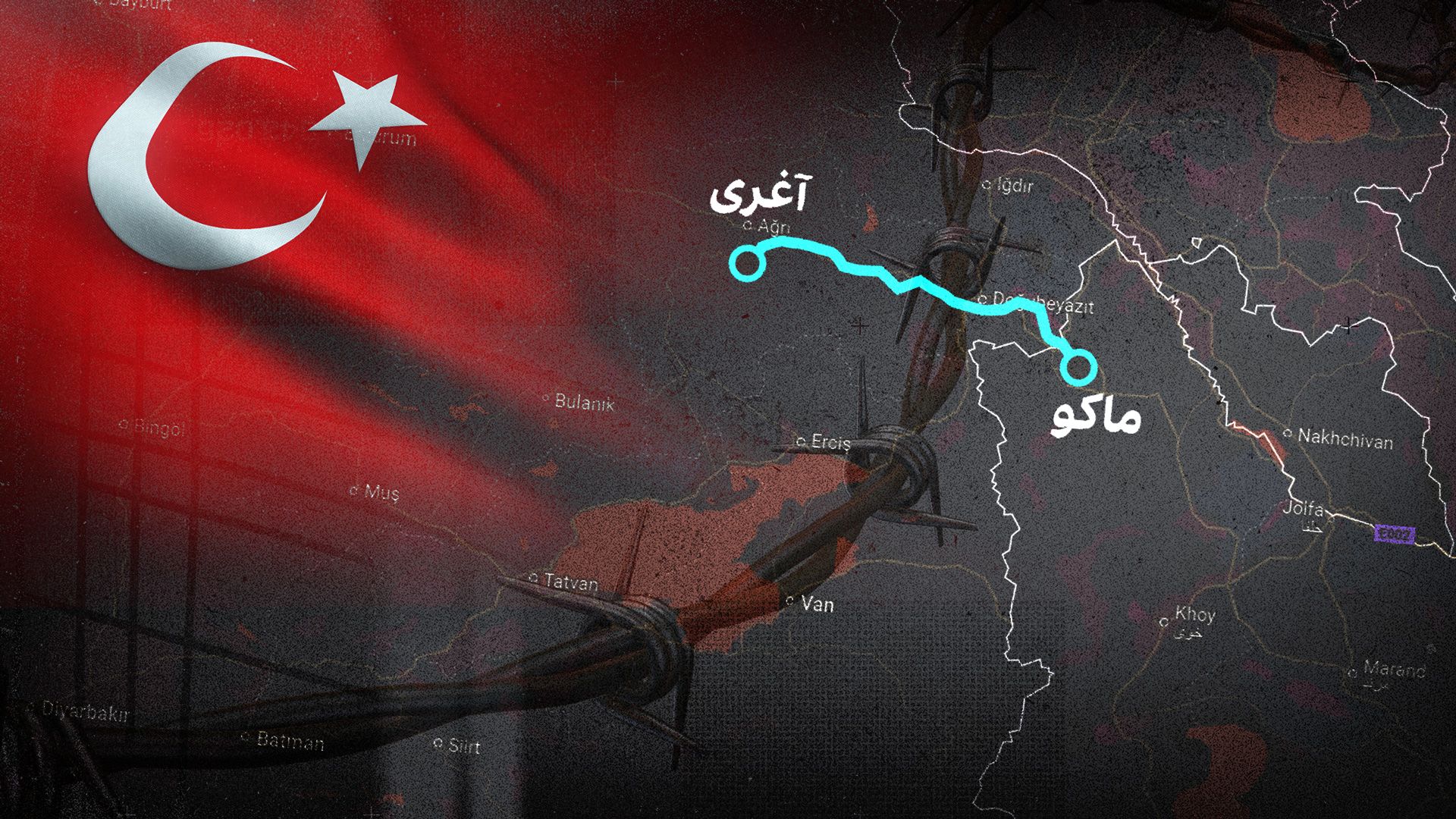

At least two current diplomats at the Afghan embassy in Tehran and one former diplomat have confirmed that Iranian border police routinely collect the corpses of Afghan refugees from the Iran–Türkiye border and deliver them to the Iranian Legal Medicine Organisation for identification by family members.
Afghanistan International has obtained official documents from the Taliban’s Ministry of Foreign Affairs corroborating the killing, torture, and kidnapping of Afghan refugees.
In several letters, Afghan families are shown to have reached out to the Ministry for help locating relatives who disappeared near the Iran–Türkiye border.
One document, a copy of which has been obtained by Afghanistan International, details an official meeting between Taliban representatives and Iran’s National Migration Organisation in which the parties discussed the torture of Afghan migrants, their abduction, and the repatriation of deceased bodies from the border regions.
According to this document, Ajmal Weyar, Chief of Staff of the Taliban Minister of Refugees, and Abdul Basit Emami, refugee attaché at the Taliban embassy in Tehran, met on Tuesday, 7 November 2023, with Rouhollah Ghaderi, Director General of International Relations, and other senior officials from Iran’s National Migration Organisation. The Taliban delegation raised concerns about the abuse of Afghan migrants at the Afghanistan–Iran and Iran–Türkiye borders, the hostage-taking of refugees, and the logistics of returning bodies to Afghanistan.
During the meeting, Ghaderi reportedly responded: “The problems of migrants are more extensive than what you have mentioned.”
These official communications also reveal that Afghan migrants are killed or wounded on a daily basis in border areas between Afghanistan and Iran.
One document dated 28 May 2024 from the Taliban Consulate General in Zahedan to the Ministry of Foreign Affairs in Kabul describes the province of Sistan and Baluchestan as a principal human trafficking corridor. It states: “Given the location of Sistan and Baluchestan Province as the main route for human trafficking and the entry of hundreds and thousands of our compatriots through this province toward the central areas of the Islamic Republic of Iran and on to Türkiye, this consulate is constantly engaged with issues such as the kidnapping of Afghans by criminal gangs and attending to the injured and deceased victims of unfortunate incidents that occur daily in these areas.”
Another letter from the Afghan consulate in Mashhad, sent to the Taliban’s Foreign Ministry, expresses frustration over the lack of decisive action against the criminal networks involved in deceiving and abducting Afghan migrants in Iran.
A current Afghan diplomat based in Tehran, speaking on condition of anonymity, said the number of Afghan refugee deaths has soared since the Taliban’s return to power in 2021. He estimated that dozens of bodies are transferred each month from the Türkiye border to Tehran.
A former Afghan diplomat in Tehran told Afghanistan International that most of these refugees die as a result of gunfire or torture by Turkish border forces, or due to natural causes along the way. He noted that Iranian border police typically retrieve the bodies and send them to the Legal Medicine Organisation in Tehran.
The Afghan embassy in Tehran, he added, works to identify the deceased and locate their families so the bodies can be repatriated for burial.
Türkiye’s Increased Border Controls Affected Refugee Conditions
The United Nations High Commissioner for Refugees (UNHCR) confirmed in an official email response to Afghanistan International that Turkish authorities have intensified border control operations along the frontier with Iran, implementing a range of operational strategies to curb illegal crossings.
In the same communication, UNHCR acknowledged that these enhanced controls have directly impacted individuals attempting to enter Türkiye from Iran.
Afghanistan International shared its investigative findings with Türkiye’s Ministry of Foreign Affairs, seeking comment on the treatment of Afghan refugees along the Iran–Türkiye border. The ministry, however, did not respond.

Brutality at the Border: Evidence of Abuse and Extortion


In late 2023, Mahdi Haidari, a resident of Miyankal village in the Malistan district of Ghazni province, left Tehran in pursuit of a better life in Istanbul.
Shortly after crossing the border, he placed a final phone call to his brother, Abdullah Haidari. The call was brief. Struggling for breath, Mahdi said he had escaped Turkish police and would call again soon. His phone never turned on again.
In the following days, Abdullah attempted to reach Mahdi through both his Iranian SIM card and the Turkish number provided by the smugglers, but there was no response.
On 29 October 2023, Abdullah received a call from the Afghan Embassy in Tehran, asking him to come to the morgue. There, he identified Mahdi’s body.
According to Abdullah, Mahdi’s face and hair were covered in dirt, and his body showed signs of severe torture. There were no gunshot wounds, but bruising was visible on his abdomen and genital area.
Afghanistan International reviewed images of Mahdi’s corpse, along with two of his companions. Abdullah stated that the three had been subjected to brutal torture before being abandoned in the freezing cold near the Maku region of West Azerbaijan Province, Iran. Mahdi died before reaching Iranian territory. His body was later transported to Afghanistan and buried in his hometown.
Abdullah’s tragedy is one among many that illustrate the lethal risks faced by Afghan migrants along this route.

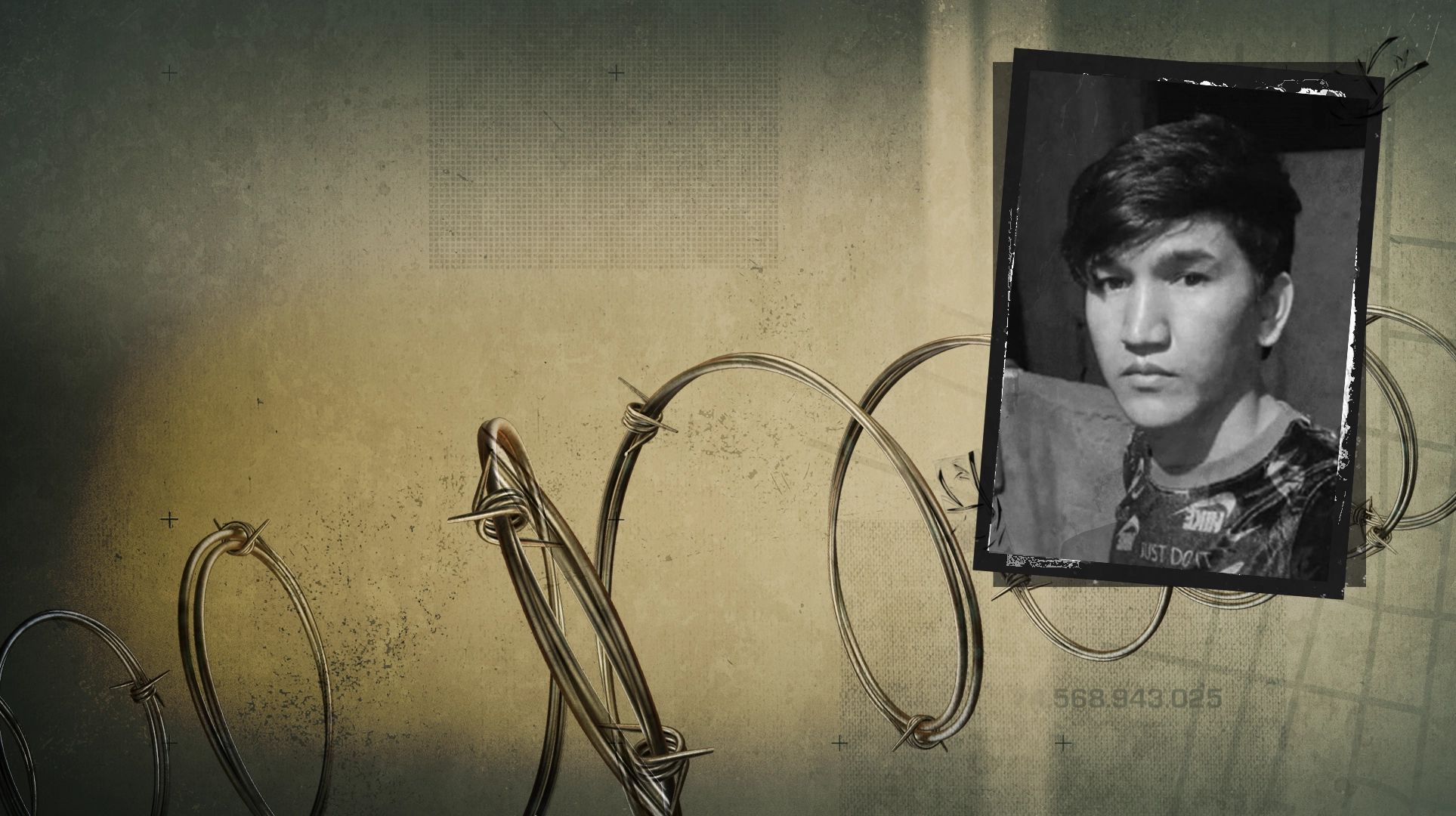
Eyewitness Account: ‘They Filled Our Mouths with Dirt’


Sefat Habibi, 21, from Balkh Province, departed from Mazar-e-Sharif in early summer 2024, hoping to reach Istanbul.
After arriving in Iran, he paid a smuggler $2,100 to take him across the border. He did manage to enter Türkiye but was captured in Ağrı Province by Turkish police.
According to Habibi, detainees were subjected to multiple forms of torture. He sent Afghanistan International photos showing facial injuries and other wounds. He claims Turkish officers used metal objects to pierce refugees’ bodies and burned them with heated implements.
He further described beatings with sticks and rifle butts, having dirt shoved into their mouths, and being denied water.
“Once your mouth is filled with dirt, your throat dries out and you feel extreme thirst,” he said. “You can’t even swallow your own saliva. My throat was burning. We begged for a drop of water, but they refused. Then they deported us and left us on the Iranian side.”
Habibi said one companion, a boy under 18 from Baghlan Province, was so badly injured by Turkish police that he could no longer walk. The boy later died midway through their journey.
In a video shared with Afghanistan International, a young man’s lifeless body lies in a desert region near the border. A refugee is seen holding the boy’s hand, saying, “I’m injured myself. He’s dead, and I can’t carry him.”
Another companion, Abdul Rahman, told Afghanistan International that the deceased youth had confided in him that he was fleeing Afghanistan to repay family debts and find work abroad.
Habibi also sent a second video showing the condition of himself and fellow migrants after returning to a smuggler-run shelter near the Maku border. In the footage, three men including Habibi appear with bloodied faces. One of them claims to have a broken hand and foot. Signs of torture are also visible on Abdul Rahman’s back.
‘Run Until You’re Dead’: A Teenage Girl Shot at the Border


On 20 September 2021, at the Chaldoran border, Turkish forces ambushed a group of migrants. Sixteen-year-old Sanam [a pseudonym], travelling with her brother and cousin, recalled that their smuggler shouted: “Run until you’re dead and don’t look back!”
They sprinted until they reached a canal, diving in to evade gunfire. “Each time we tried to climb out, they started shooting again,” Sanam said. “We had no choice but to stay inside and keep running.”
After hours of walking and wading through the canal, Sanam began screaming in pain. Her brother, Rustam, used his phone’s torch to examine her leg and saw a gaping wound: “The bone was clearly visible.”
She had been shot but hadn’t even realised it in the chaos.
Like many youths, the three teenagers had fled shortly after the Taliban takeover of Afghanistan. Sanam said: “I couldn’t bear Taliban laws.” They paid a smuggler $4,500 to take them from Tehran to Istanbul.
Once out of the canal, Rustam used petroleum jelly and a cloth to bandage his sister’s wound. He located the nearest village using his phone. Upon reaching the settlement, local Kurdish villagers treated their injuries, gave Sanam traditional Kurdish clothes, and shared food.
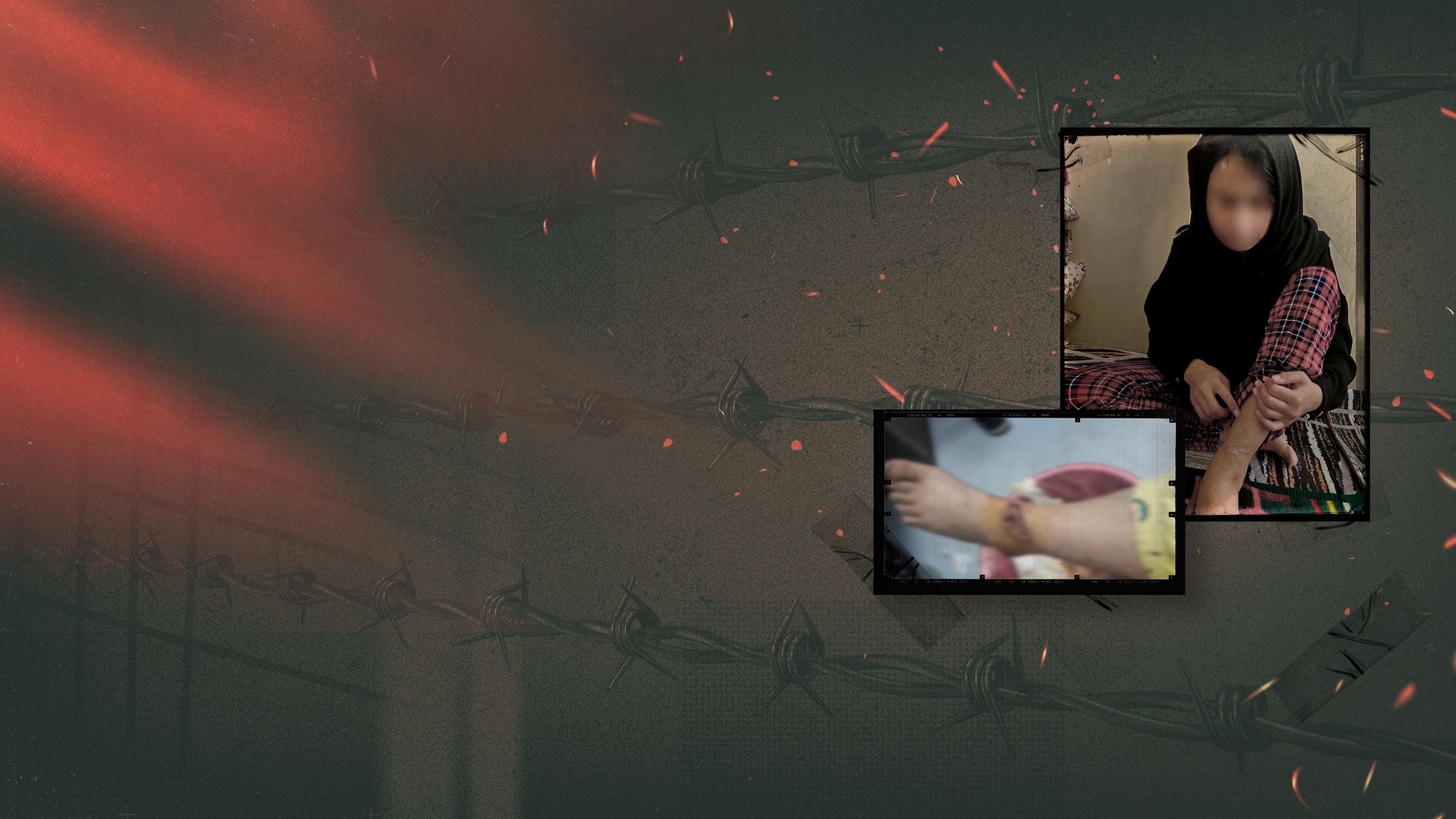
‘My Eye Was Torn Open from the Beating’


In the weeks following the Taliban’s return to power, 29-year-old Saboor Kachkan [a pseudonym] was abducted by Taliban fighters, blindfolded, and imprisoned without explanation. “When I opened my eyes, I was in a Taliban prison,” he said.
After his release, he fled towards Türkiye on 24 November 2022. A smuggler promised to take him from Iran to Istanbul for $1,100.
He crossed the Kerkosh (Qarqosh) border but was captured by Turkish forces near Van Province on 1 December.
According to Saboor, he was detained for 24 hours and subjected to continuous torture. “My eye was torn open from the beating,” he said.
He was later deported back to Iran and received emergency medical attention. His first surgery took place informally at a shelter run by smugglers. A second operation was carried out at Farabi Eye Hospital in Tehran.
Afghanistan International reviewed medical documentation from Farabi Hospital confirming the surgical intervention. The hospital’s letter, addressed to the Iranian passport office, stated that Saboor had suffered trauma and eye rapture and required two weeks of inpatient treatment. It also requested an extension of his visa.
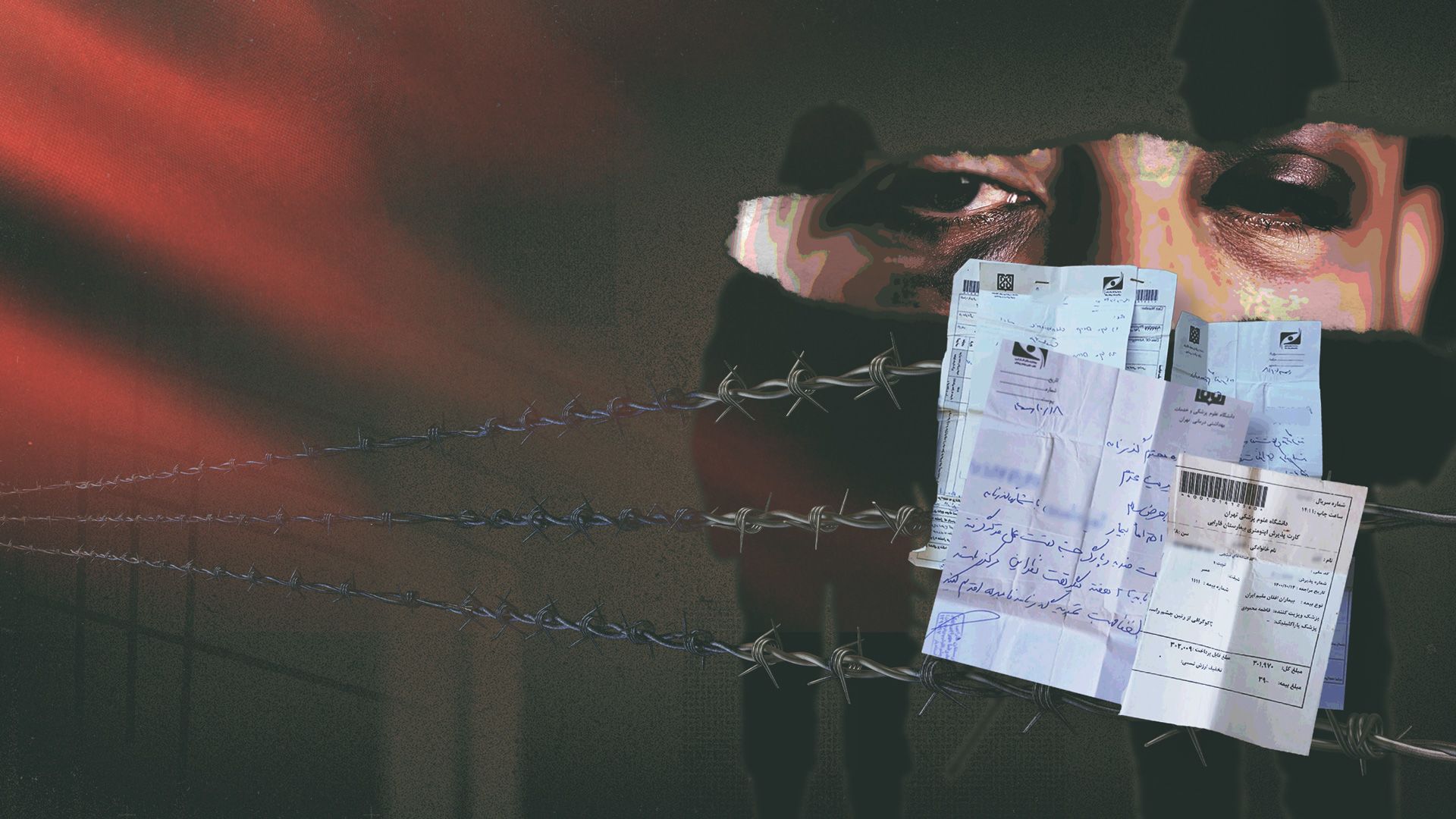
The Missing: Vanished Without a Trace at the Iran–Türkiye Border


Fazl Ahmad Ahmadzai
On Friday, 19 November 2023, Fazl Ahmad Ahmadzai, a 37-year-old resident of Logar province, sent his family a message via WhatsApp. He had just crossed from Iran into Türkiye. That was the last time they heard from him.
Since then, one and a half years have passed without a word. His four daughters and one son have not heard their father’s voice.
Driven by deepening poverty and unemployment following the Taliban’s takeover, Ahmadzai had embarked on a journey towards Europe. He left in early November, staying in Iran for ten days before continuing towards the Turkish border, under the guidance of a smuggler who had promised to deliver him safely to Istanbul.
Ahmadzai is not the only Afghan migrant to vanish in this perilous corridor between Iran and Türkiye.
Abdul Hakim Nazari
Nearly two months later, on Monday, 1 January 2024, 20-year-old Abdul Hakim Nazari also departed for the Maku border in Iran’s West Azerbaijan province, accompanied by a group of migrants and traffickers.
His elderly mother, in Tala wa Barfak district, Baghlan province, has been waiting for news of her son ever since, over a year and four months now. Despite repeated efforts to reach the smugglers and his fellow travellers, the family has received no clear information. According to his companions, no one knows what happened to him after crossing the Maku border.
Mohammad Sharif Ansari
Another case involves 18-year-old Mohammad Sharif Ansari, from the Deh Sabz district of Kabul. He left home on 27 March 2023 and disappeared just thirteen days later, after entering Van province in Türkiye.
His father, Massoudullah Ansari, fighting back tears, told Afghanistan International that the smugglers had promised to ensure his son’s safe arrival. He shared a copy of the signed contract between the family and a smuggler named Shaheen, dated 26 March 2023. The document outlines the terms for transporting Mohammad Sharif from Kabul to Germany.
According to the contract, Mohammad Sharif was to be taken from the Nimruz border in Afghanistan to Istanbul for $2,000, with an additional $6,000 to be paid upon his transfer to Germany.
Afghanistan International has reviewed official documents from the Taliban Ministry of Foreign Affairs, which confirm that Afghan families have approached the ministry in Kabul seeking help to locate missing loved ones.
Ahmadullah, Son of Homayoun
In one such document, dated 13 December 2024, the Ministry of Foreign Affairs addressed the case of Ahmadullah, who disappeared in the Maku border region.
Shoaib Baryali, director of consular affairs at the Taliban foreign ministry, wrote to the Afghan Embassy in Tehran: "Honourable Ahmadullah, son of Homayun, originally from Maidan Wardak and currently residing in Kabul, district five, has written to this office regarding the disappearance of his brother, Ahmadullah, son of Homayoun, whose mother’s name is Gul Ghotai. He was travelling to Türkiye for work on 24 December 2022. He was lost at the Maku border between Iran and Türkiye, and there has been no news of him since then. He has not contacted his family."
The letter requests the embassy’s assistance in locating Ahmadullah.
Why They Disappear: Detentions, Accidents, and Unseen Tragedies
The fate of the missing migrants remains unknown. They may have been detained by Turkish or Iranian border forces, cutting off all communication with families. Others might have been seized by traffickers, relocated to remote areas, or simply abandoned.
Some may have fallen victim to fatal accidents or natural hazards on the treacherous journey. Harsh terrain, dehydration, and medical complications claim countless lives each year.
Others could have perished due to torture, starvation, or injury. In some cases, migrants may be forced into criminal networks or subjected to involuntary labour. A loss of contact could also result from technical failures, or worse kidnapping by human trafficking mafias.
No government or international agency has provided answers to the grieving Afghan families desperate for news of their missing children.
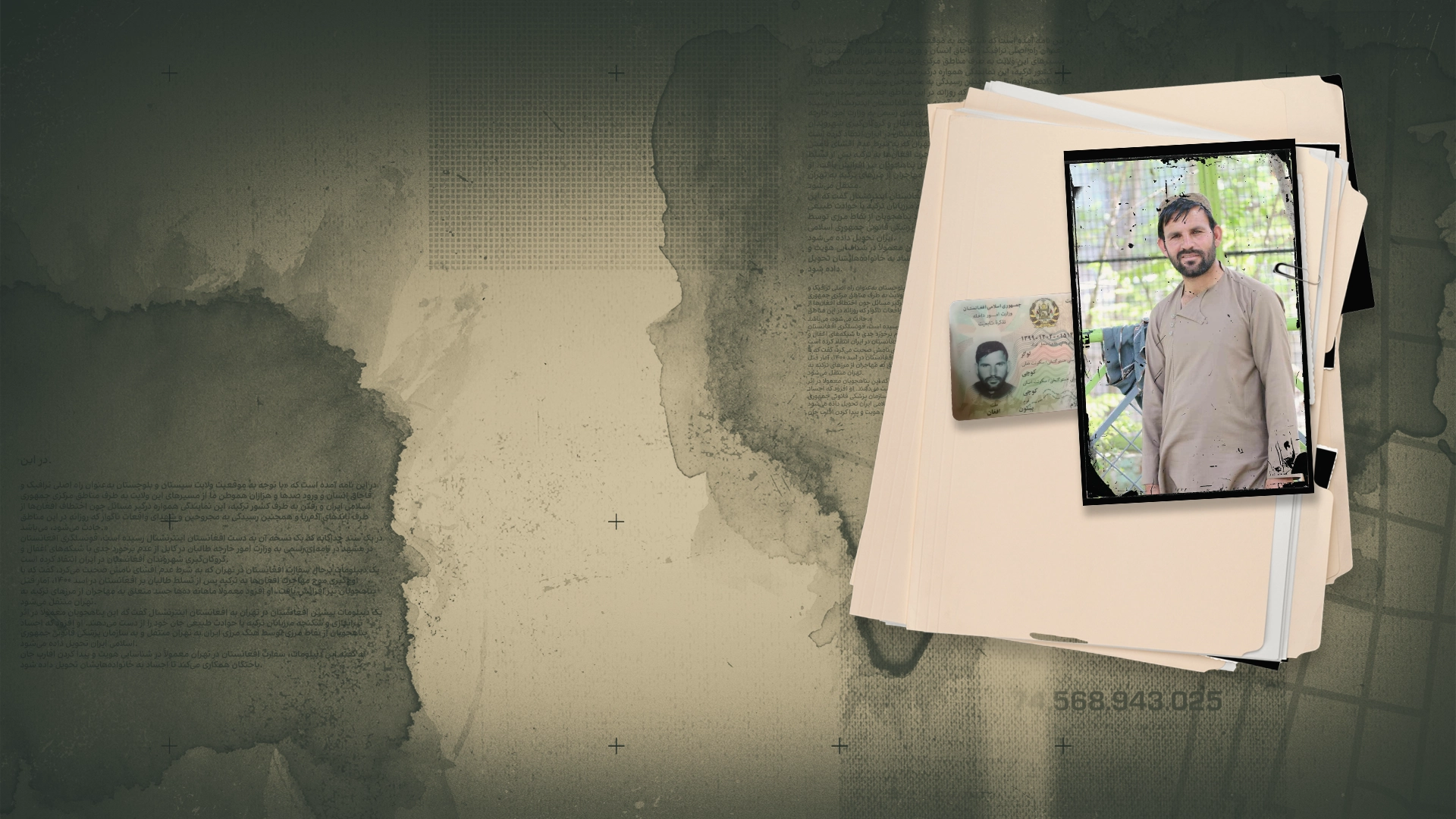
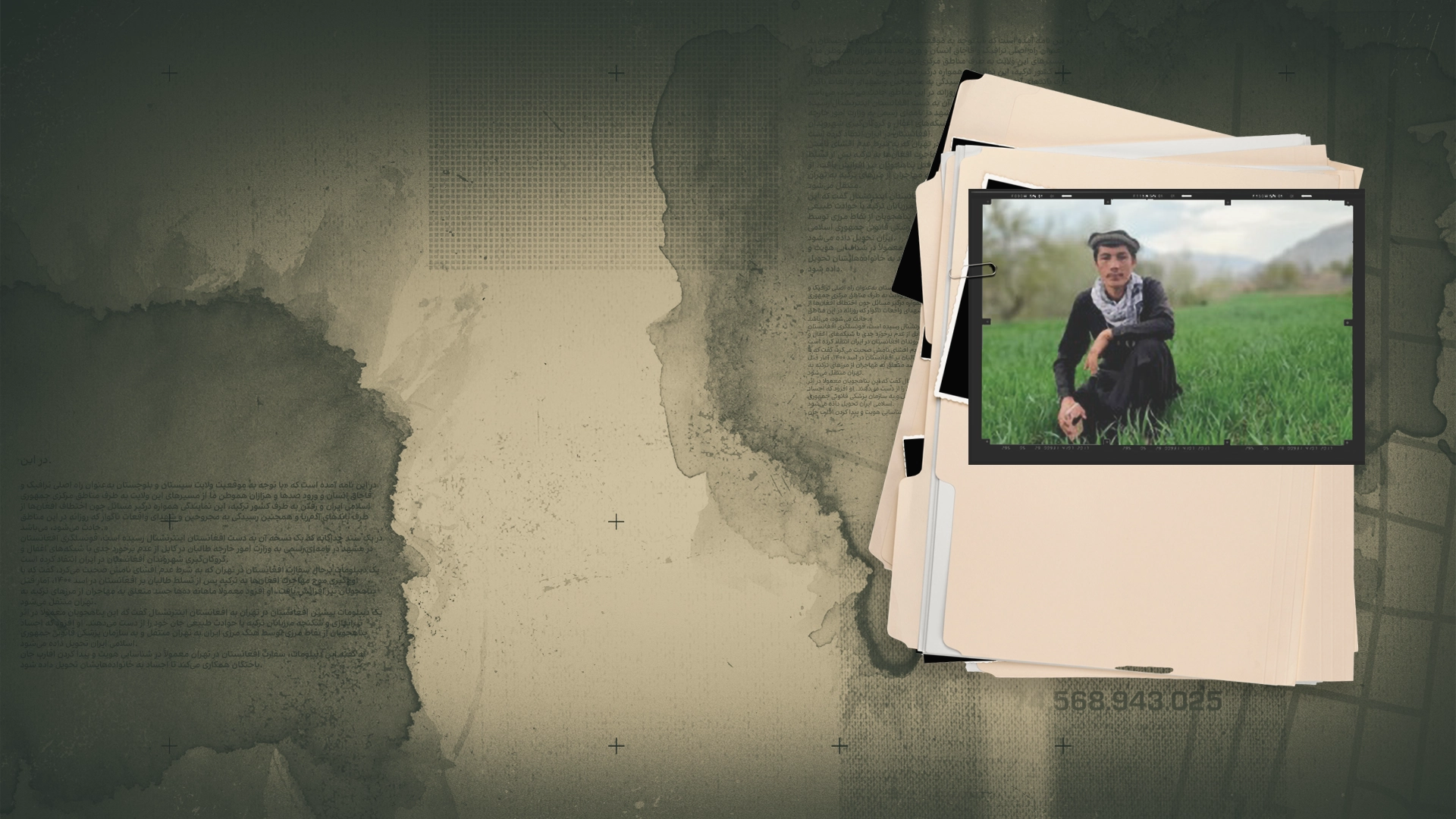

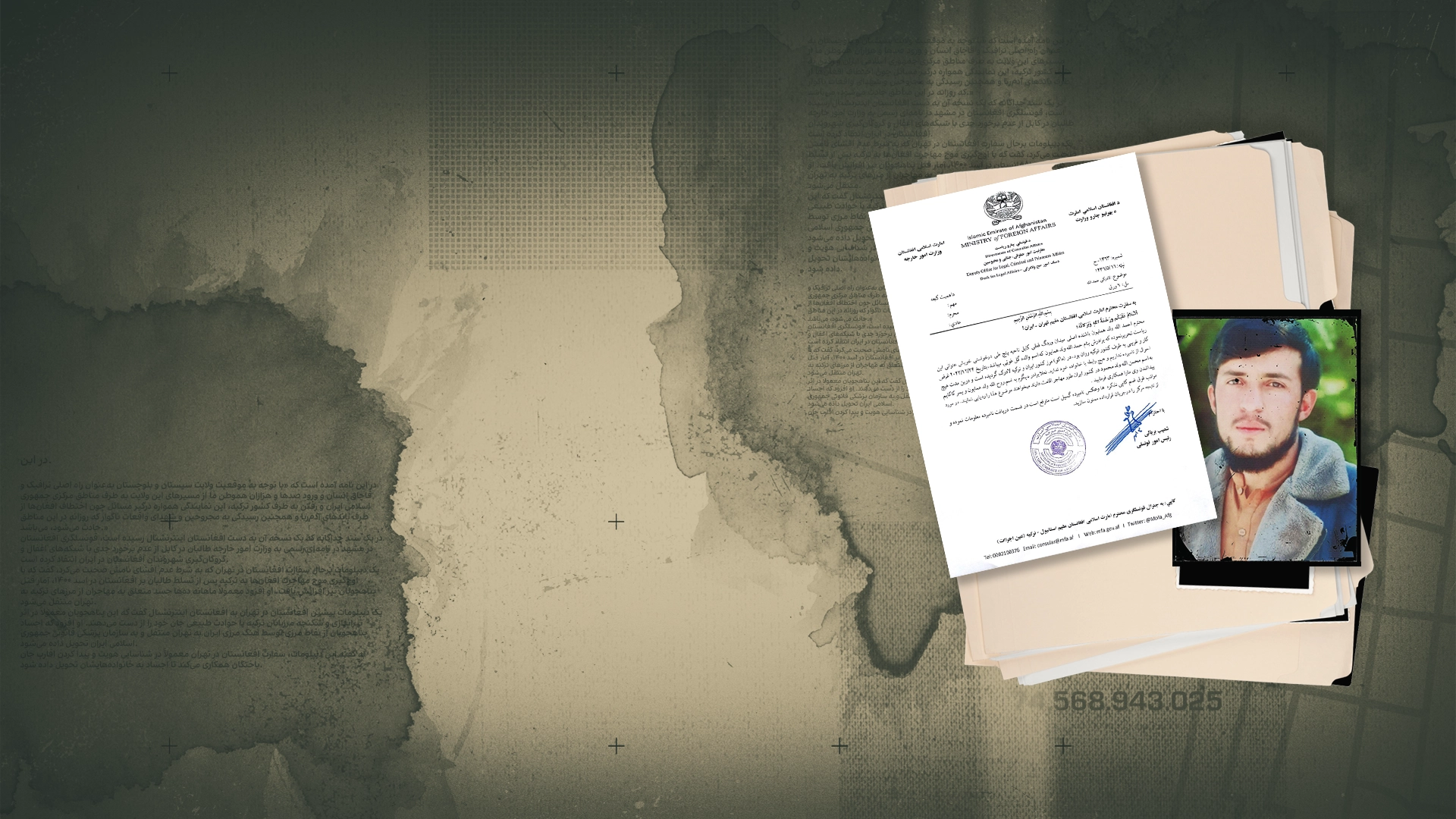
Kidnapping for Ransom: A Common Threat


In April 2023, a chilling photo and audio message reached the family of 24-year-old Ezzatullah Rahimi in Faryab province.
The photo showed Rahimi and seven other migrants blindfolded, their hands tied and chains around their necks. In the accompanying audio recording, Rahimi can be heard sobbing, begging his family to raise money for his release. “I’ll sell my kidney to repay the debt,” he pleaded.
Eventually, the family paid $3,500 to the kidnappers via the cryptocurrency Tether.
In an interview with Afghanistan International, Rahimi described his nine-day captivity. He said the hostages were repeatedly threatened with a handgun and tortured. Food and water were scarce, just biscuits and occasional sips of water.
The kidnappers later dumped the men in a Peugeot car and left them on a street in the city of Showt, in Iran’s West Azerbaijan province. After their release, Rahimi and his companions surrendered to Iranian police and were transferred to a refugee camp.
According to a document reviewed by Afghanistan International, Ali Zolghadri, head of the Iranian Police of Migration and Passports, declared Rahimi’s passport, previously held by the traffickers, invalid on 15 May 2024 and issued a return document.
Rahimi said they were held in a cave in the foothills near Showt and tortured throughout their captivity.
Afghanistan International’s findings confirm that kidnappings of Afghan refugees along the Iran–Türkiye route are not isolated incidents but part of a larger pattern of abuse and exploitation.
In an official letter dated 30 July 2024, Taliban Ambassador in Tehran, Fazl Mohammad Haqqani, wrote to the Ministry of Foreign Affairs in Kabul regarding the kidnapping of Nasratullah, son of Faqir Mohammad.
The letter noted that the Afghan Embassy in Tehran had reported the case to Iran’s Ministry of Foreign Affairs and pledged to keep Kabul updated on any developments.
Tehran Has Failed to Act Against Kidnapping Networks
In an official communication dated 15 January 2025, Abdul Jabbar Ansar, former Afghan Consul in Mashhad, wrote to the Taliban Ministry of Foreign Affairs in Kabul, criticising the Iranian government’s lack of serious action against criminal networks involved in the kidnapping of Afghan migrants.
“In recent years, due to the large-scale migration of youth, several kidnapping networks have emerged that deceive Afghan youth under various pretexts, bringing them to specific locations and extorting money from their families,” Ansar stated in the letter.
Despite what the document described as repeated diplomatic engagement and concern, “no serious judicial action has been taken against these networks of deception and kidnapping, and the issue remains complicated and widespread.”
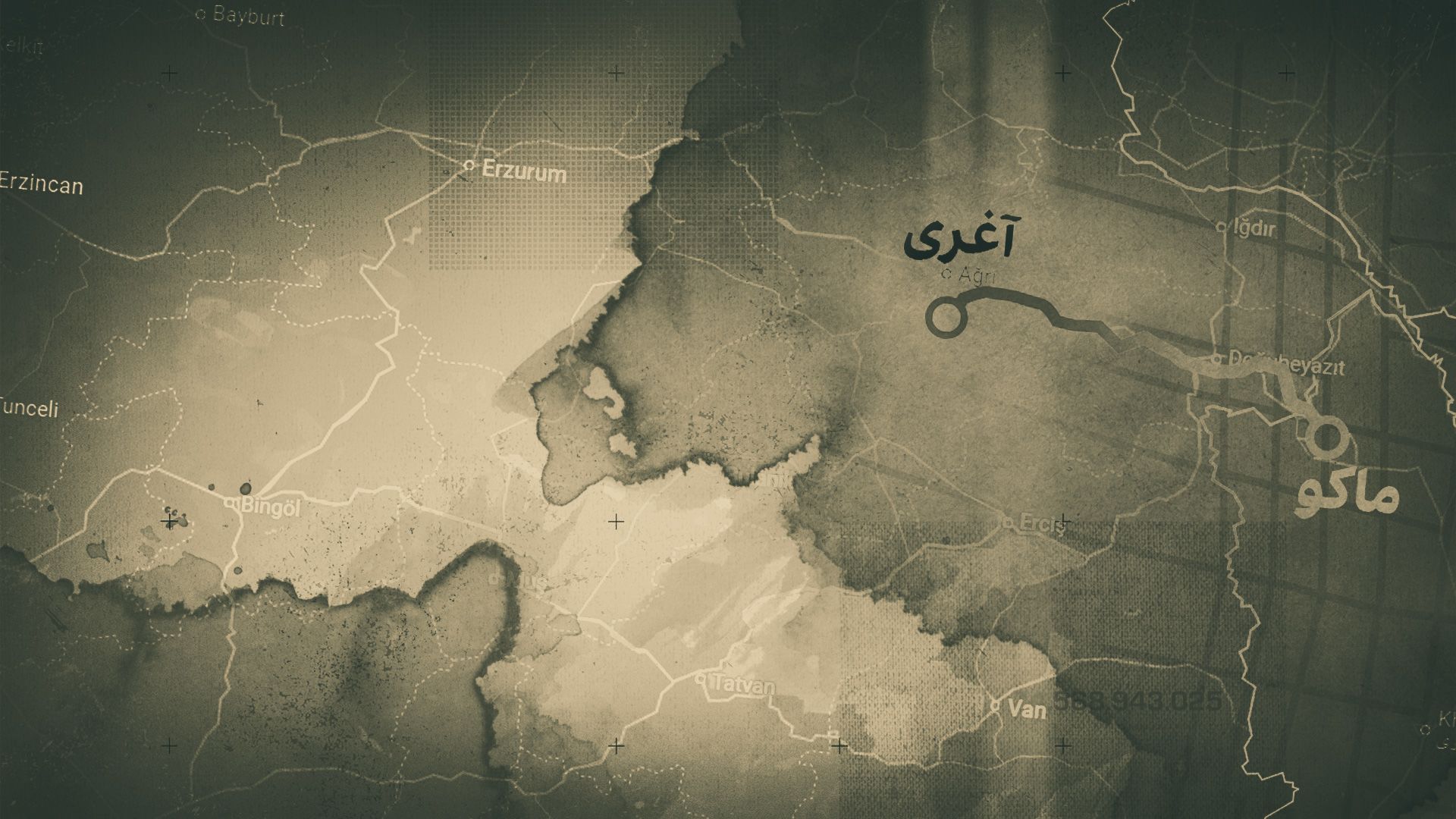
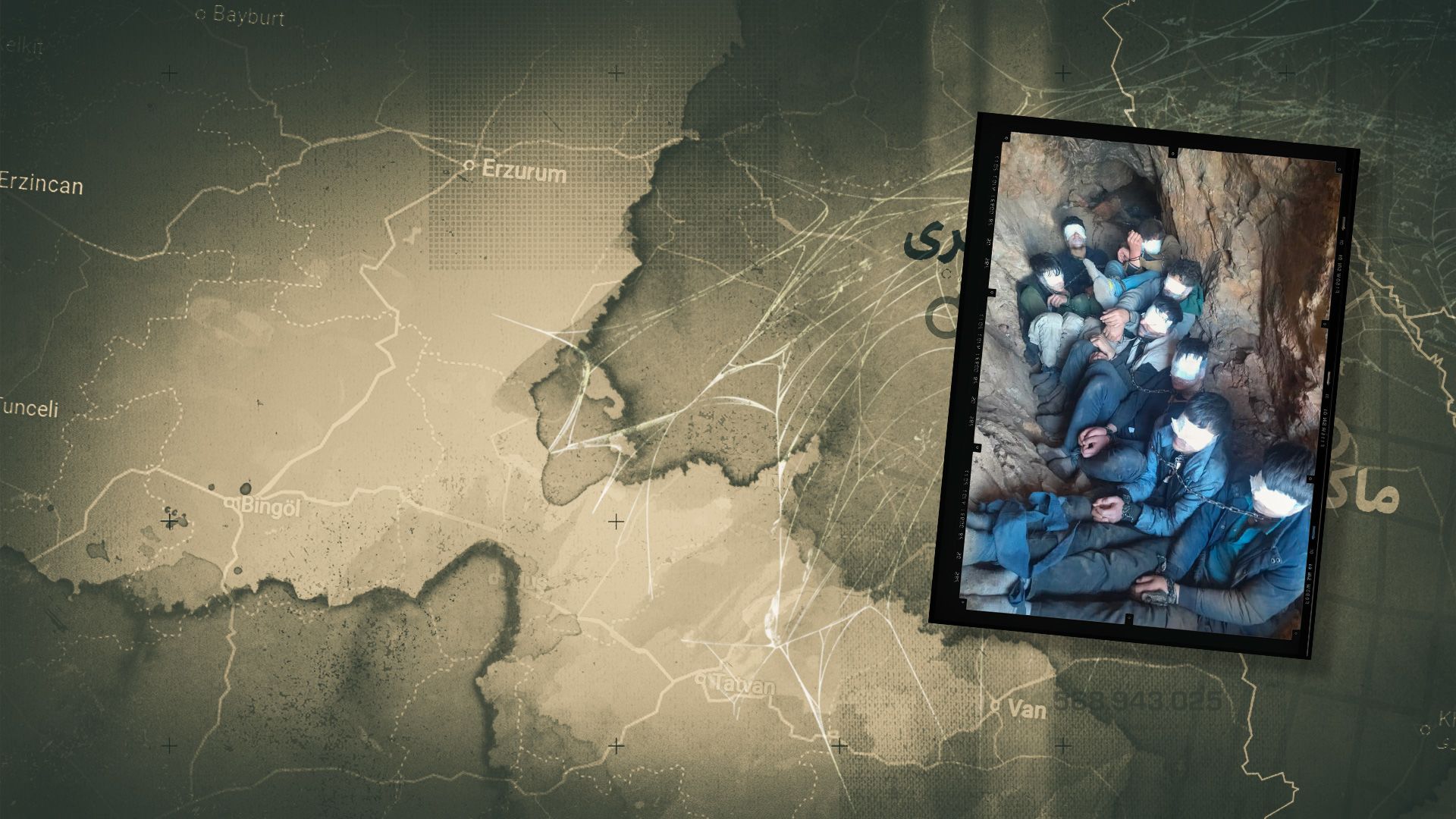


Inside the Camps: Mistreatment, Deprivation & Inhumane Conditions


Dozens of Afghan refugees detained in Türkiye’s migrant camps have spoken to Afghanistan International about degrading treatment, including confiscation of personal belongings, poor hygiene, lack of food and medical care, overcrowding, and family separation.
Several also alleged that substances were added to food to suppress sexual desire and that the overall environment resembled a prison rather than a refugee shelter.
One refugee, identified as Mohammad Naimi (a pseudonym), shared video footage from a camp in the northwestern Turkish city of Çanakkale, filmed in December 2024.
In one clip, a distressed father holds his young child, who appears gravely ill. “The child has a high fever and is vomiting,” the videographer narrates. “The father went to the police and asked, ‘What should we do? This child is dying.’ The police yelled at them to leave.”
Naimi told Afghanistan International that the child had been unwell for a week and that repeated requests by the parents for medical assistance had gone unanswered. The child's condition deteriorated until migrants were forced to stage a protest, prompting officials to transfer the child to a hospital.
Other videos obtained by Afghanistan International reveal further dire conditions inside the camps. Families are seen struggling to feed their children, and in one instance, migrants claimed they were given food only once every two days.

